When Phillip was diagnosed with Celiac, he was also diagnosed with leaky gut. Leaky gut is a condition where the lining of the intestines has small holes in it, allowing bacteria and other toxins from inside the intestines to leak into the bloodstream. About 90% of Americans have leaky gut...most have no idea that they have this digestive issue. While Celiac is un-cureable as far as we know right now, Leaky gut can be healed!
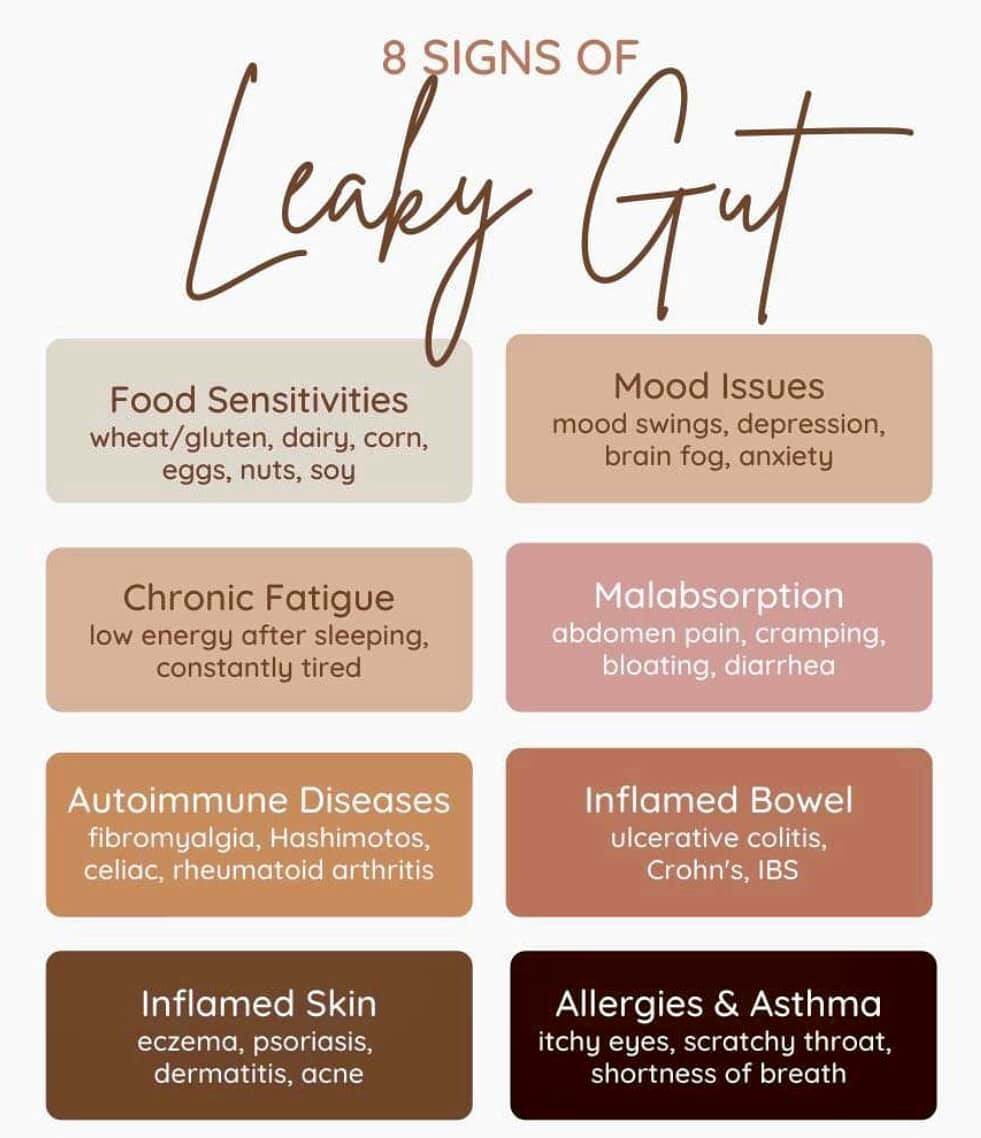
These are the steps we took to heal Phillip's leaky gut!
First, Phillip went on the Autoimmune Protocol Diet (AIP). With the AIP diet, the goal is to completely reduce the amount of inflammatory foods in the body for at least 4 weeks. Then, you add in one food group at a time slowly, making note of how you feel. If you don't feel good after adding in a food group, take it back out and make note of it so you can avoid those foods while you focus on healing. The hope is that you won't ALWAYS have to avoid all the foods that are making you hurt...but to give your body time to heal first so that those food groups won't bother you when your gut is completely healed.
The goal of the IPA diet is to reduce the amount of inflammatory foods in the body so that a.) your gut can begin to heal and b.) so that you can figure out what your body is actually intolerant or allergic to. I would suggest anyone who is having gut issues, do the Autoimmune Protocol diet because then you can figure out what foods you are intolerant to/allergic too without paying for an allergy test which is most likely going to change as you heal your gut anyway.
The first stage is the elimination diet. This is the part that looks really intimidating...but you have to think simple foods...a grilled meat with delicious spices and some roasted vegetables or a salad or a soup. As long as you keep your meals simple, it is much easier to avoid these foods and less overwhelming.
Here is the list of things to avoid:
All grains, including gluten-free grains and rice
All legumes, including peanuts, cashews, peas, beans of every kind
All nuts
All seeds
All dairy including milk, cheese, etc.
All nightshade vegetables, including paprika, chili powder, peppers, tomatoes, eggplant, etc.
Eggs
Tabaco, Alcohol, refined sugars, and food additives should also be avoided
During this stage, you want to include fermented foods (that are not pasteurized!) to build the good bacteria in the gut as well as bone broth and meat stock, along with other nutrient-dense foods and less processed meat.
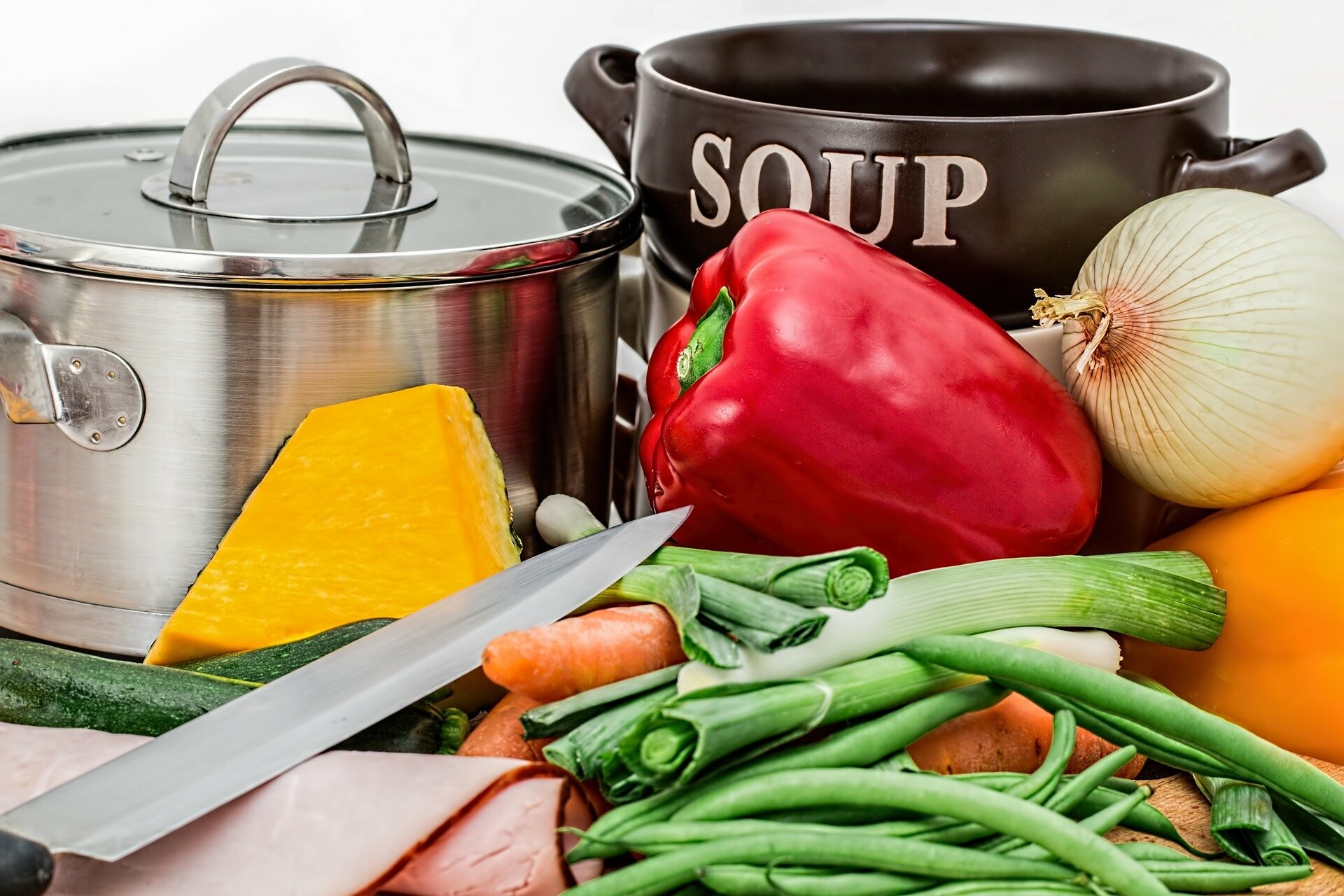
Stay on the elimination diet until you feel a difference. This can be 3 weeks, although it is recommended to stay on it for at least 4-6 week, even up to 90 days before moving on to the next phase.
The reintroduction phase is when you will start to add in one food at a time to see how it makes you feel. You don't want to add in ALL of the things in one food category at one time. For example, you wouldn't want to do rice, oatmeal, and wheat all in one day because you won't get clear signals. You could be unable to do wheat and oatmeal but be fine with rice like my husband was.
You would want to add in rice by eating it a couple times that day (unless you feel bad after the first reintroduction, then just stop trying that food). Then wait a few days (5 is a good amount), then add in something else. You may want to focus on one food group before adding in something from a different food group. So if you are really missing nightshade vegetables, work through that category first and see what you can and can't eat and then go to grains or legumes. When you are reintroducing dairy, add in the less inflammatory things first like butter and ghee, then move on to hard cheeses, then soft cheese, and lastly milk.
If a food that you have added in does not trigger any symptoms, it is safe to keep it in your diet. If you do have symptoms, even slight ones, it is best to take it out entirely and place it on your "don't eat" list for now. After you have been healing your gut for a while, you will want to try it occasionally to see if you can tolerate it better!
You may also want to try certain foods cooked in a variety of ways during your reintroduction phase. For example, during Phillip's reintroduction phase we found out that he can't eat raw peppers, but he could do cooked ones with no issues. These are the kinds of things that an allergy test is hard-pressed to tell you and that is why I recommend doing the AIP diet because when you are tuning into your own body and what makes you feel good and what doesn't, it's a lot easier to avoid things that make you feel bad after you experience what feeling good is like. And we all need that kind of motivation for a diet like this. I'm not saying this diet is easy, but it is worth it.
After you have gone through all the foods that need to be reintroduced, you will have a clear picture of which foods you can still continue to eat while healing your gut and which ones you need to avoid. Then keep eating nutrient-dense food, bone and meat stock, and fermented foods. This will heal your gut the fastest!
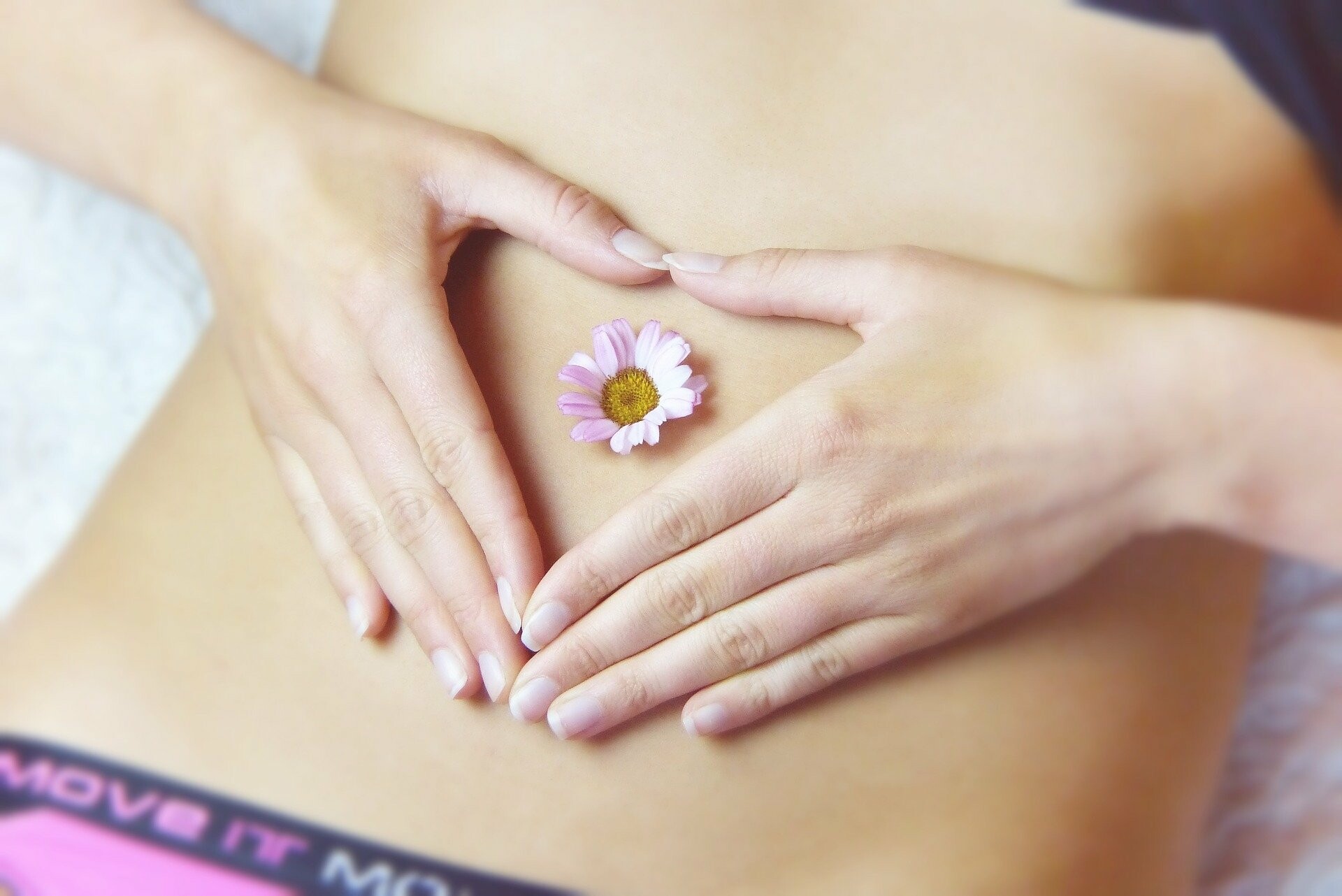
The only way to know for sure if your leaky gut is healed is to do a stool test. How long your leaky gut takes to heal depends on how good you are at staying away from the foods on your "don't eat" list and how bad your leaky gut was to begin with. Eating good bone broth and meat stock and fermented foods just speeds up the healing process!
I had no idea how they could test if Phillip's leaky gut was healed so we just kept doing all the things to eat healthy for 6 years...was he eating perfectly that entire time? Nope. THAT would have been impossible! But we did avoid all the foods on his allergy list. He would often eat potato chips that didn't have things he was allergic too and also candy and coffee and those kinds of things...but our focus was daily healthy eating at home...not perfection. After six years, we went to do a doctor for a completely different issue and he ordered a stool test. We found out that Phillip's gut health was wonderful! His leaky gut was completely healed and his healthy bacteria levels were amazing! I don't know when his leaky gut was healed but the good news is that it is now!
You can do this too! It looks a lot more overwhelming on paper...once you get into your grove and find the recipes you can use and the ingredients and food you can eat, it gets a whole lot easier. Those first couple of weeks are the hardest but they are so worth it. Take your time and plan it out and then just jump in and go for it!
xo Rachelle <3
P.S. Check out the recipe PDF's in the Freebies section for some good recipes that can be easily made IPA worthy!


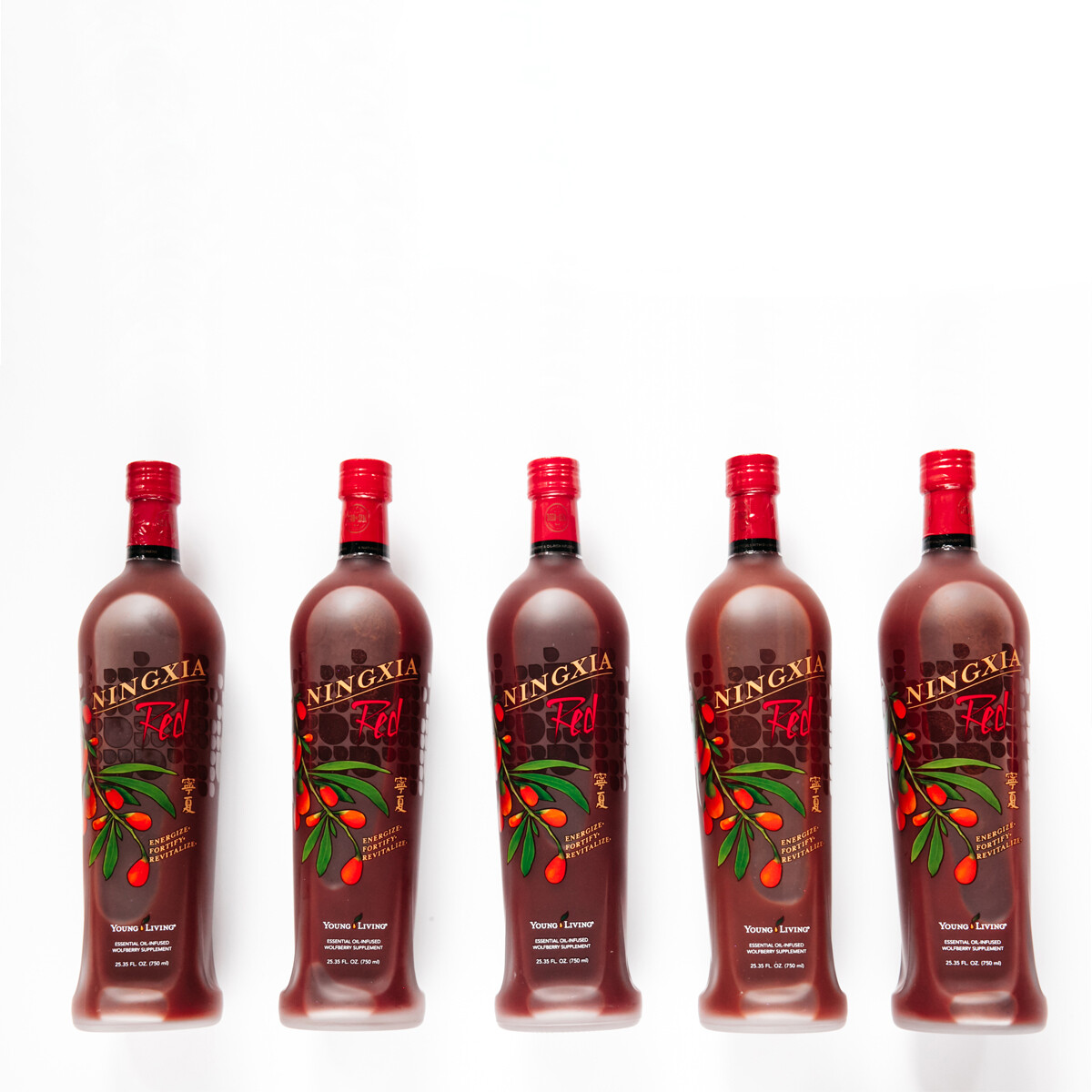
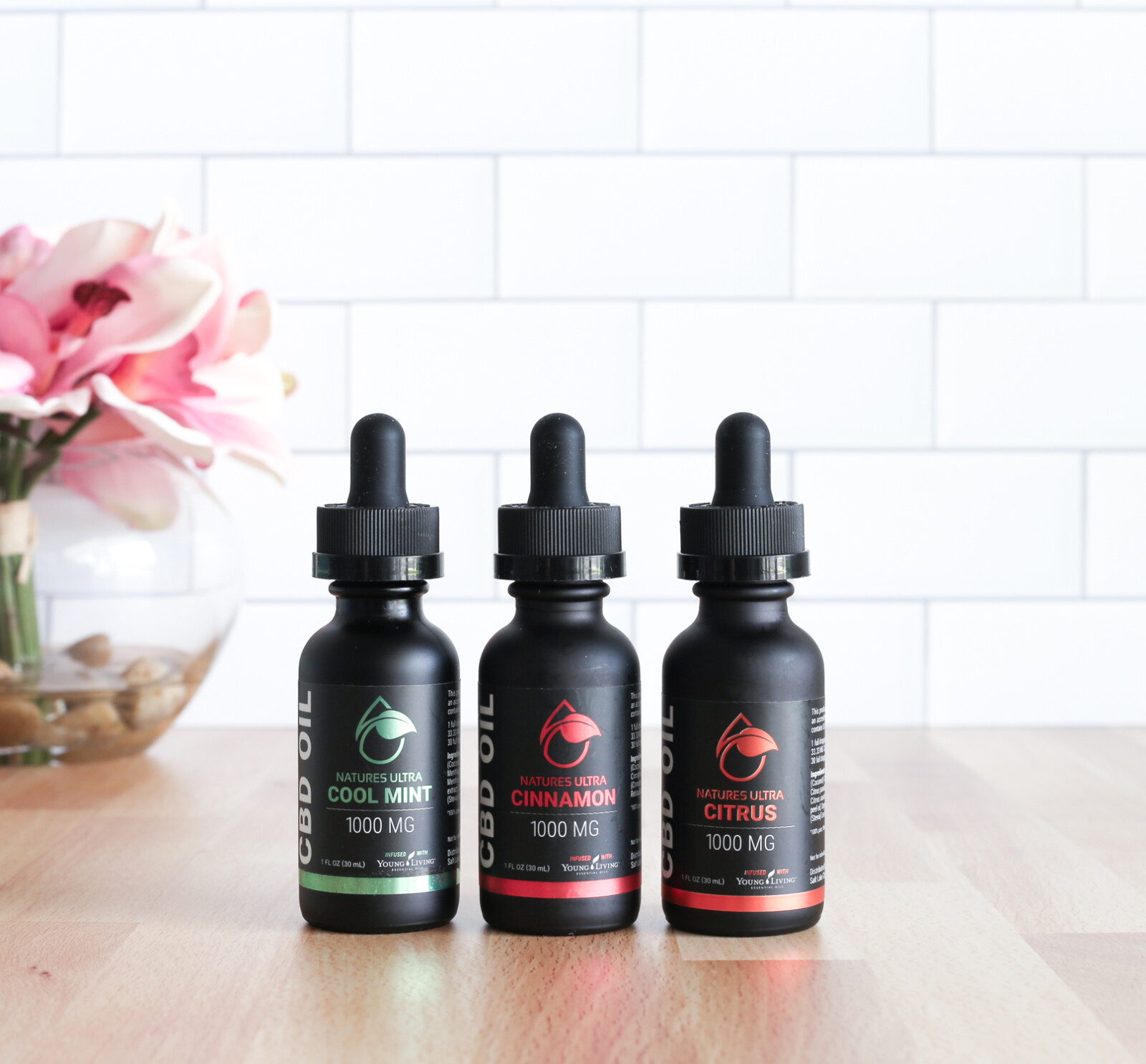
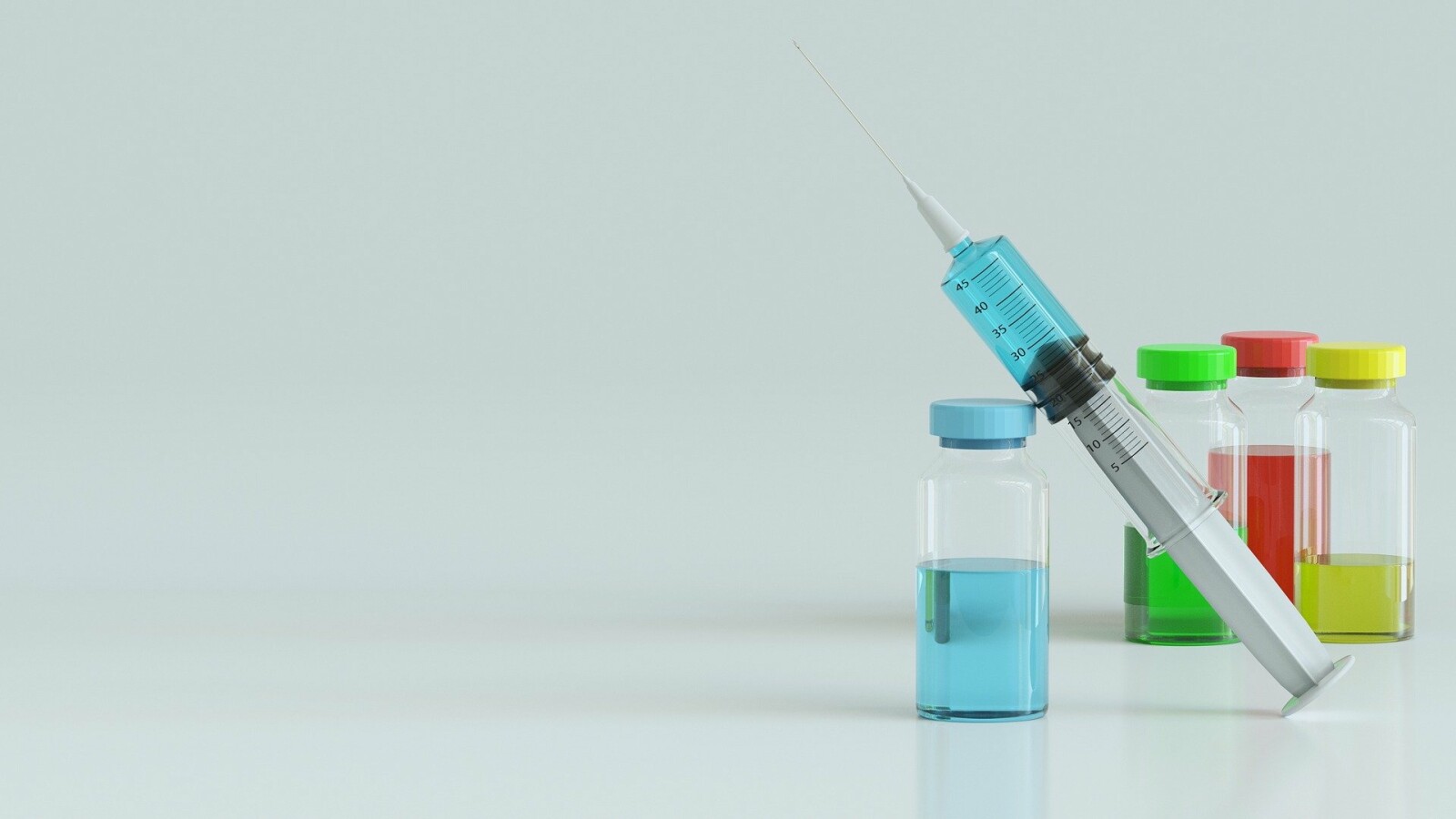



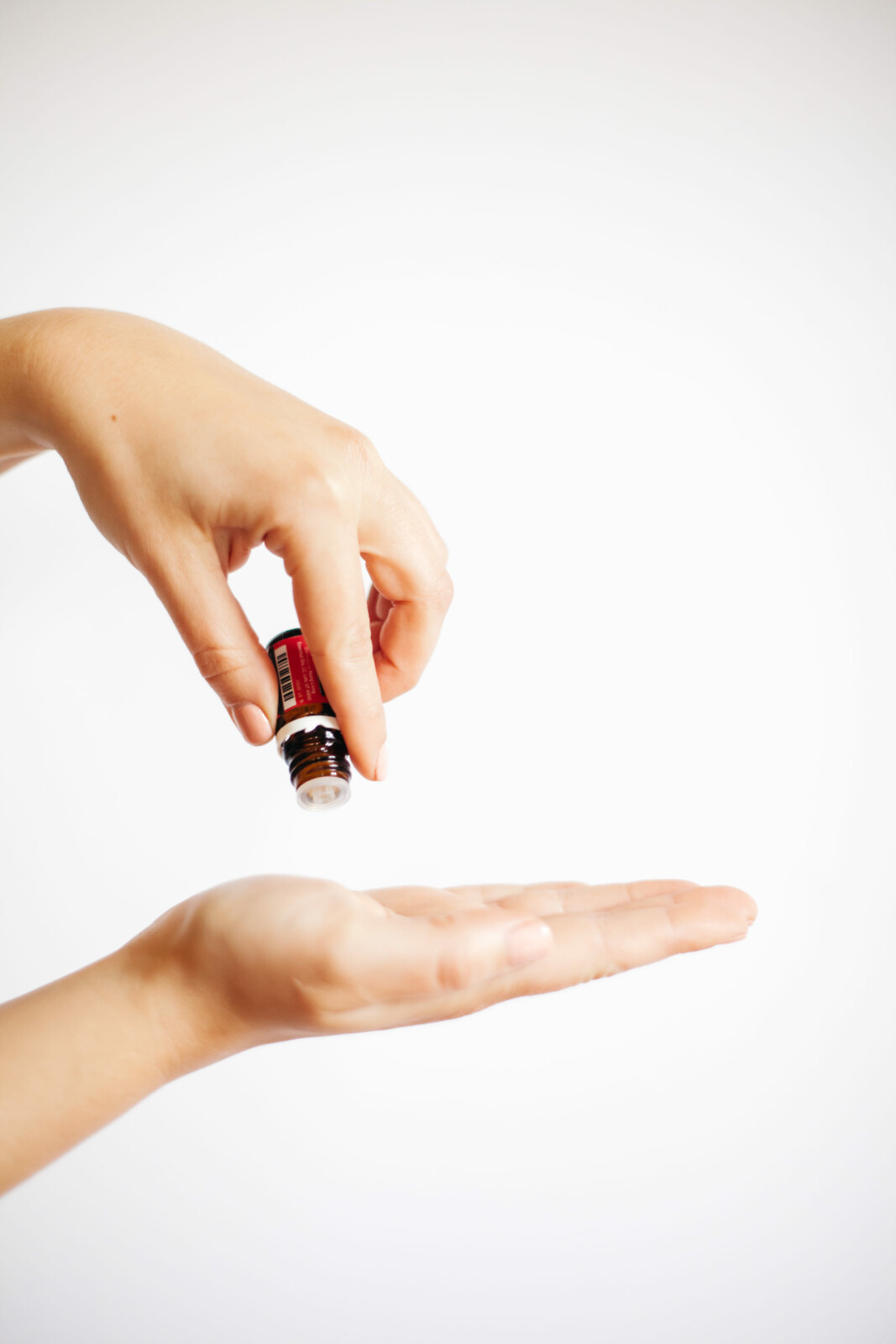
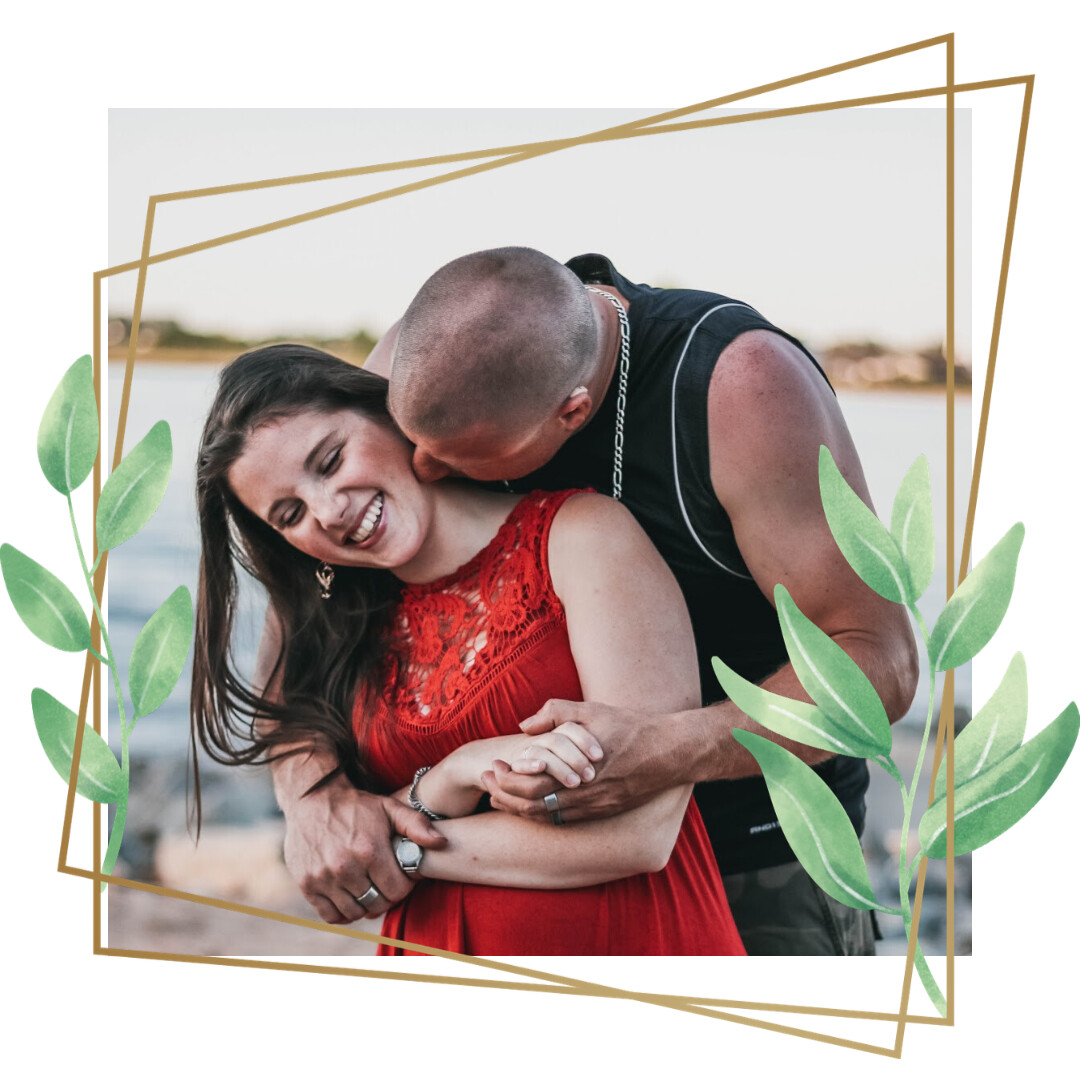
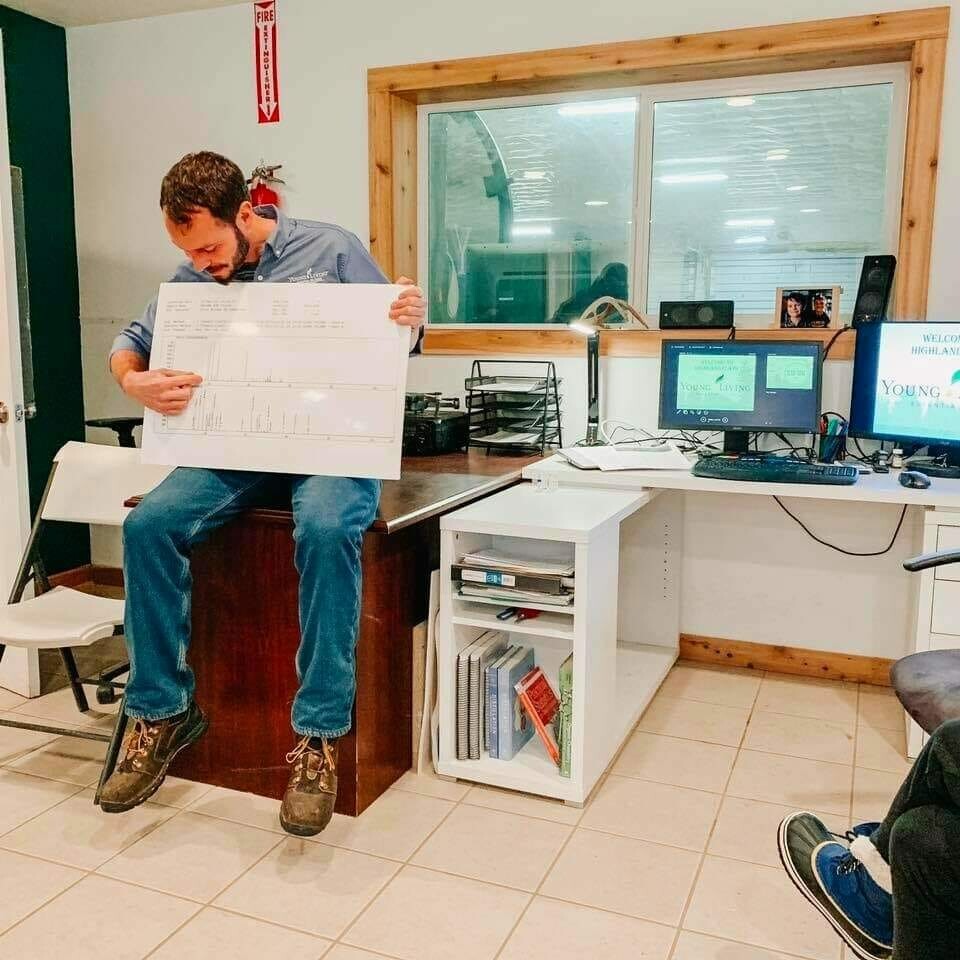

0 Comments